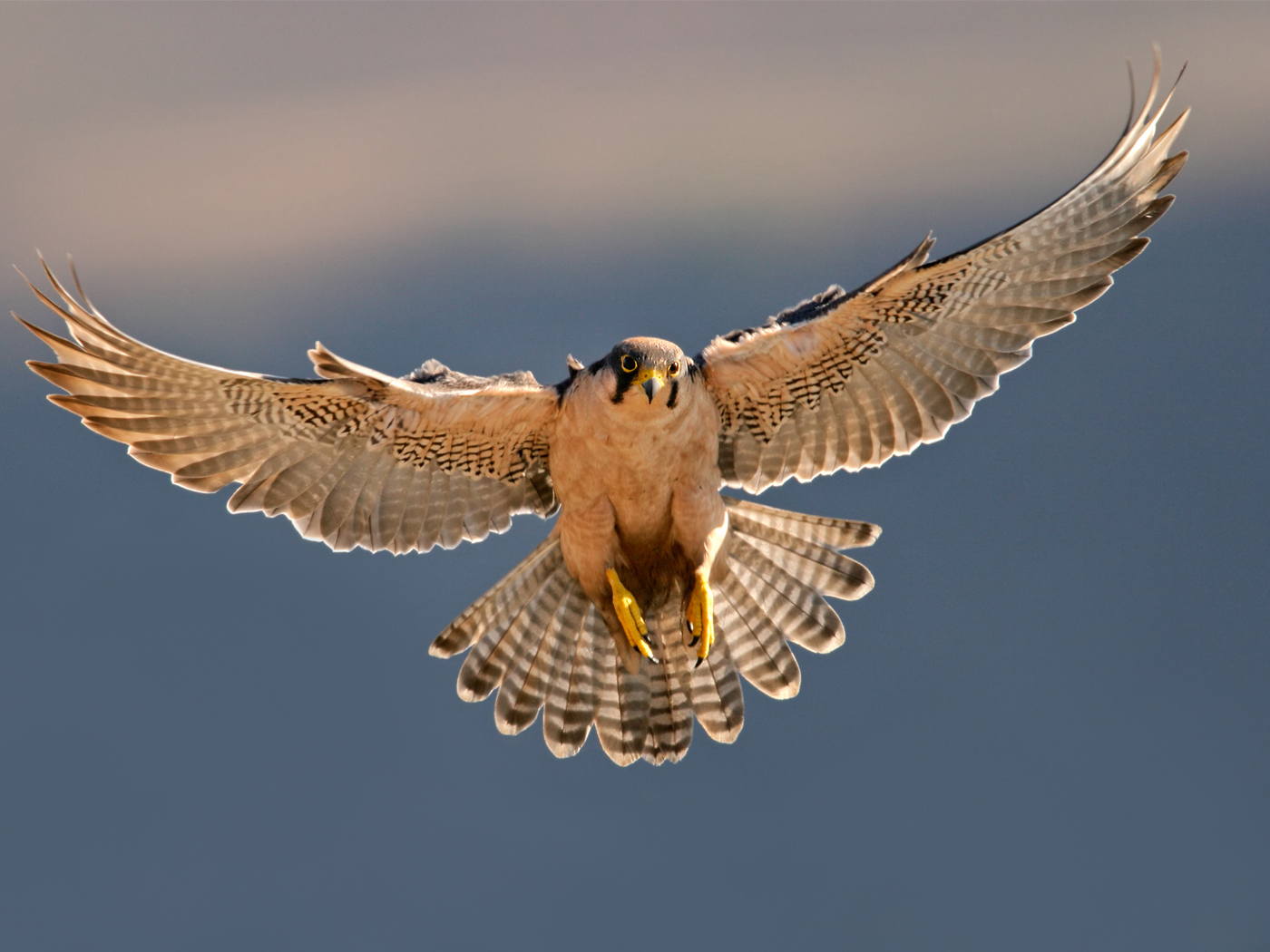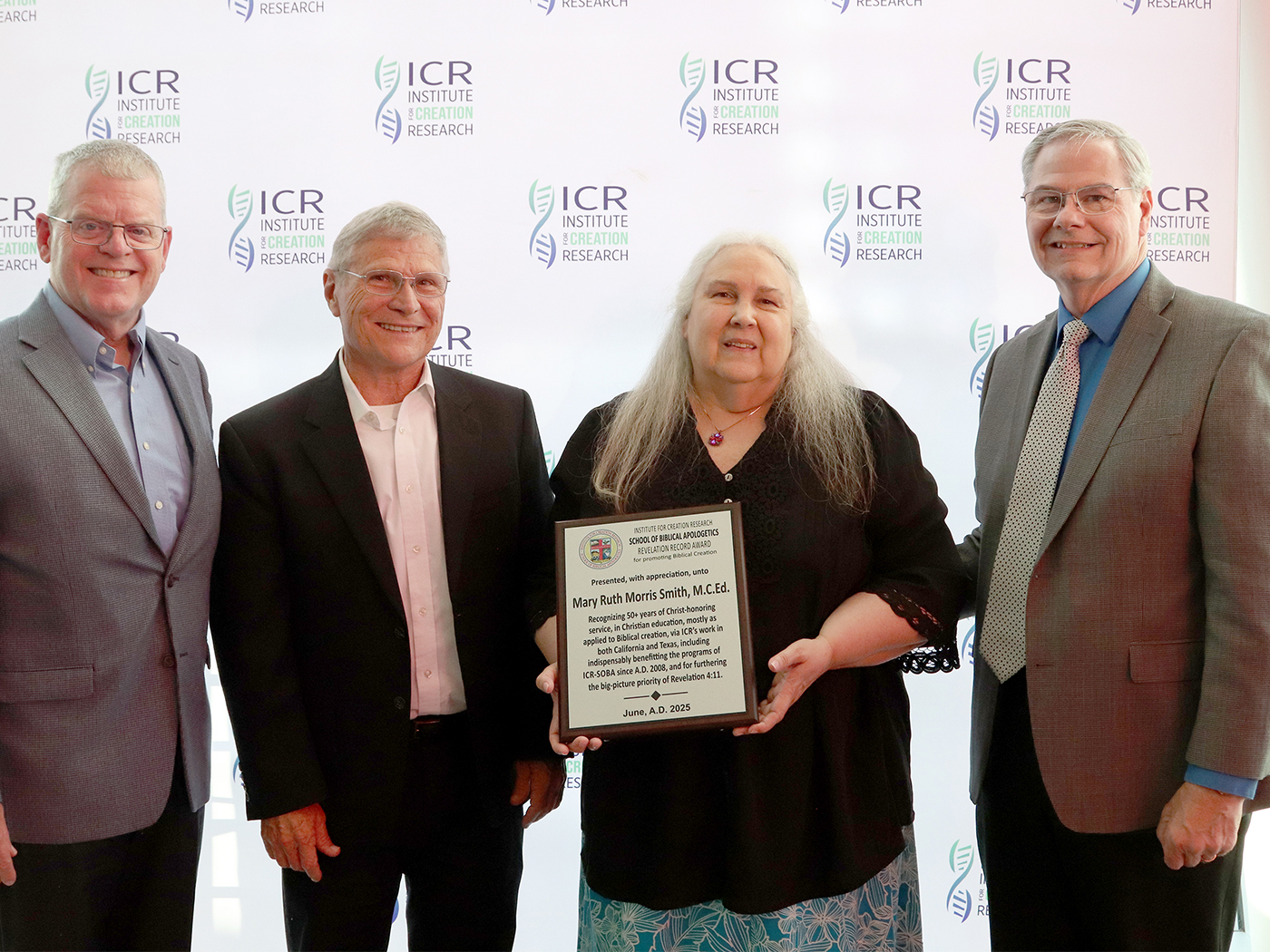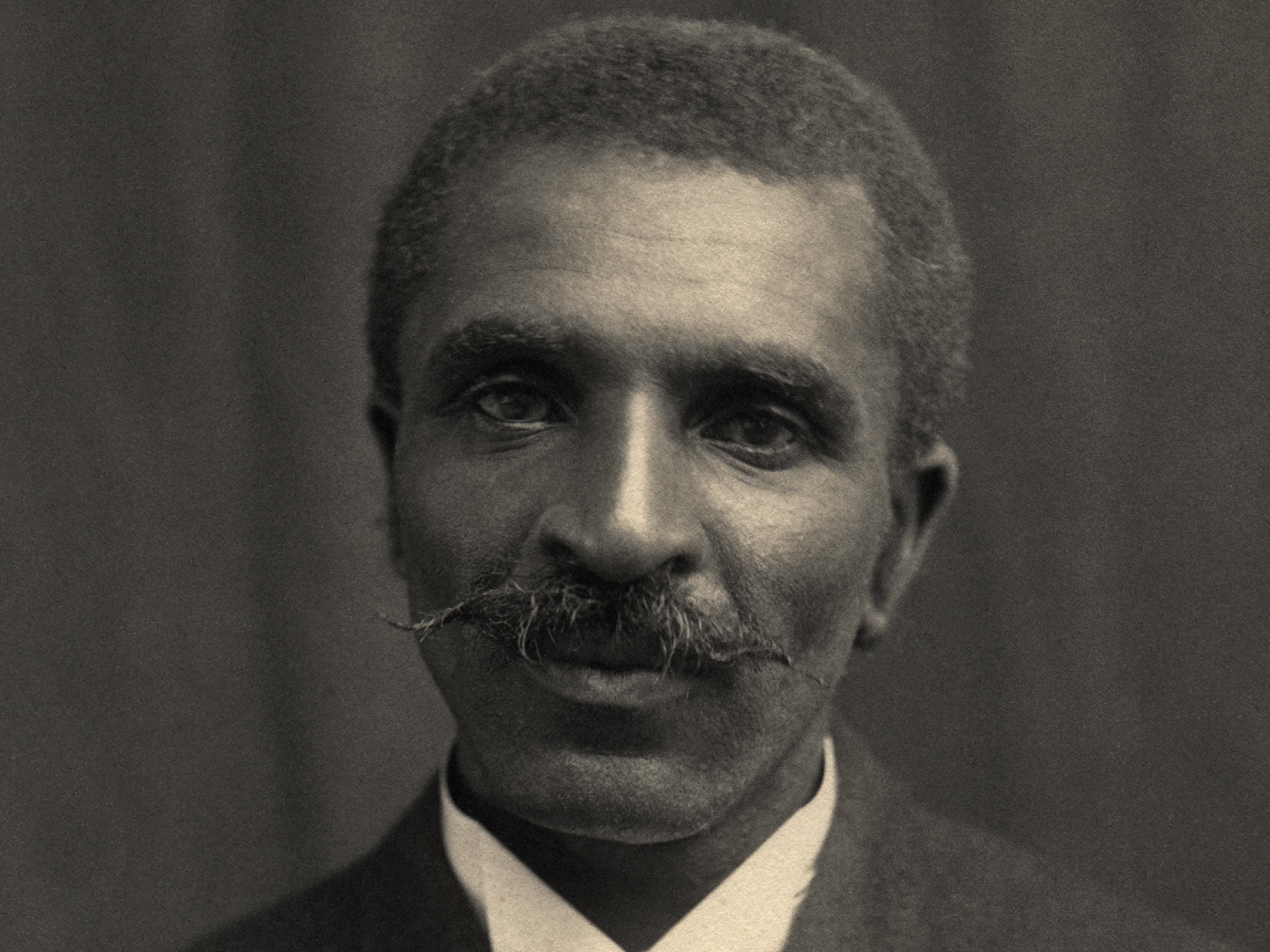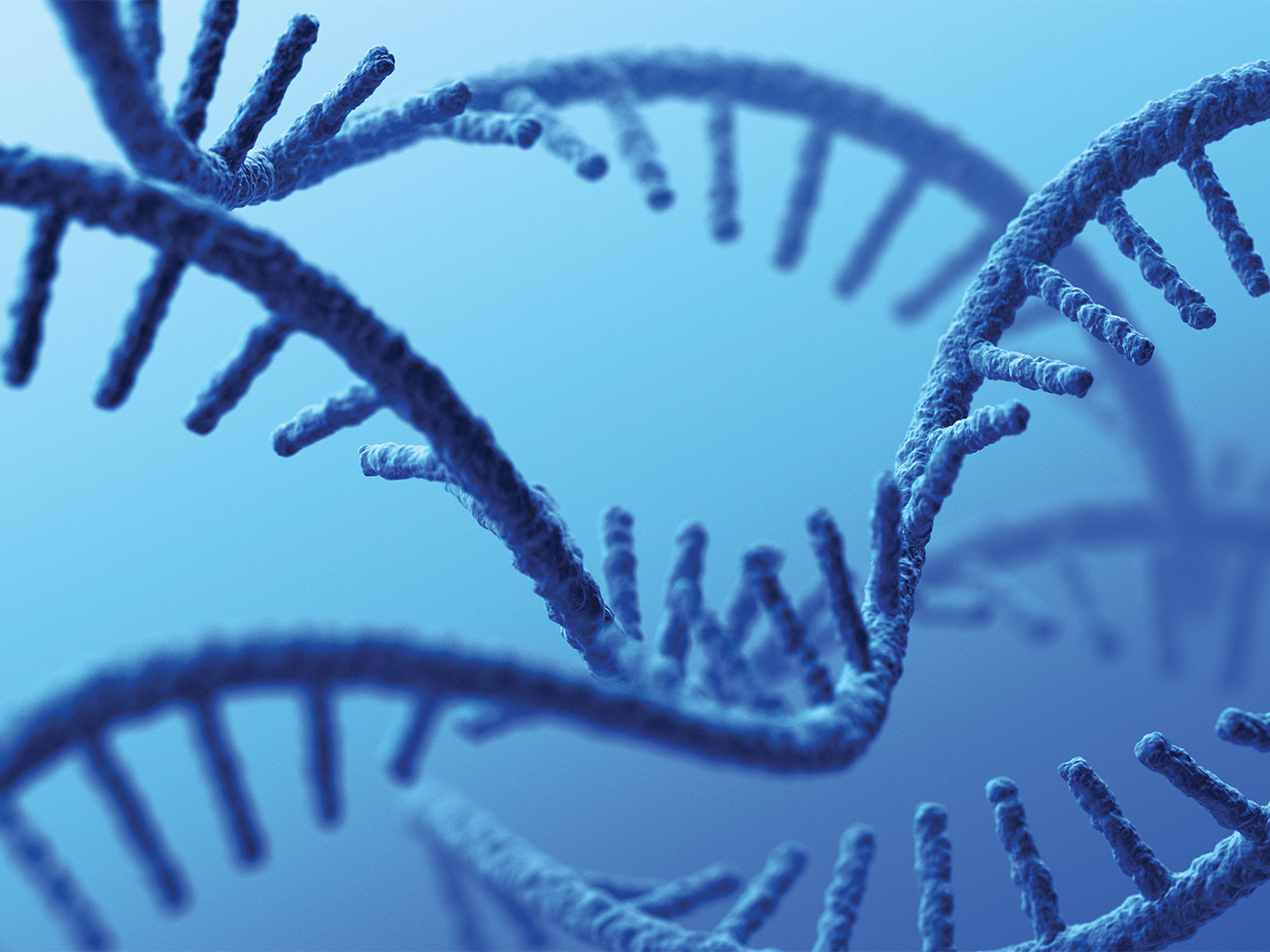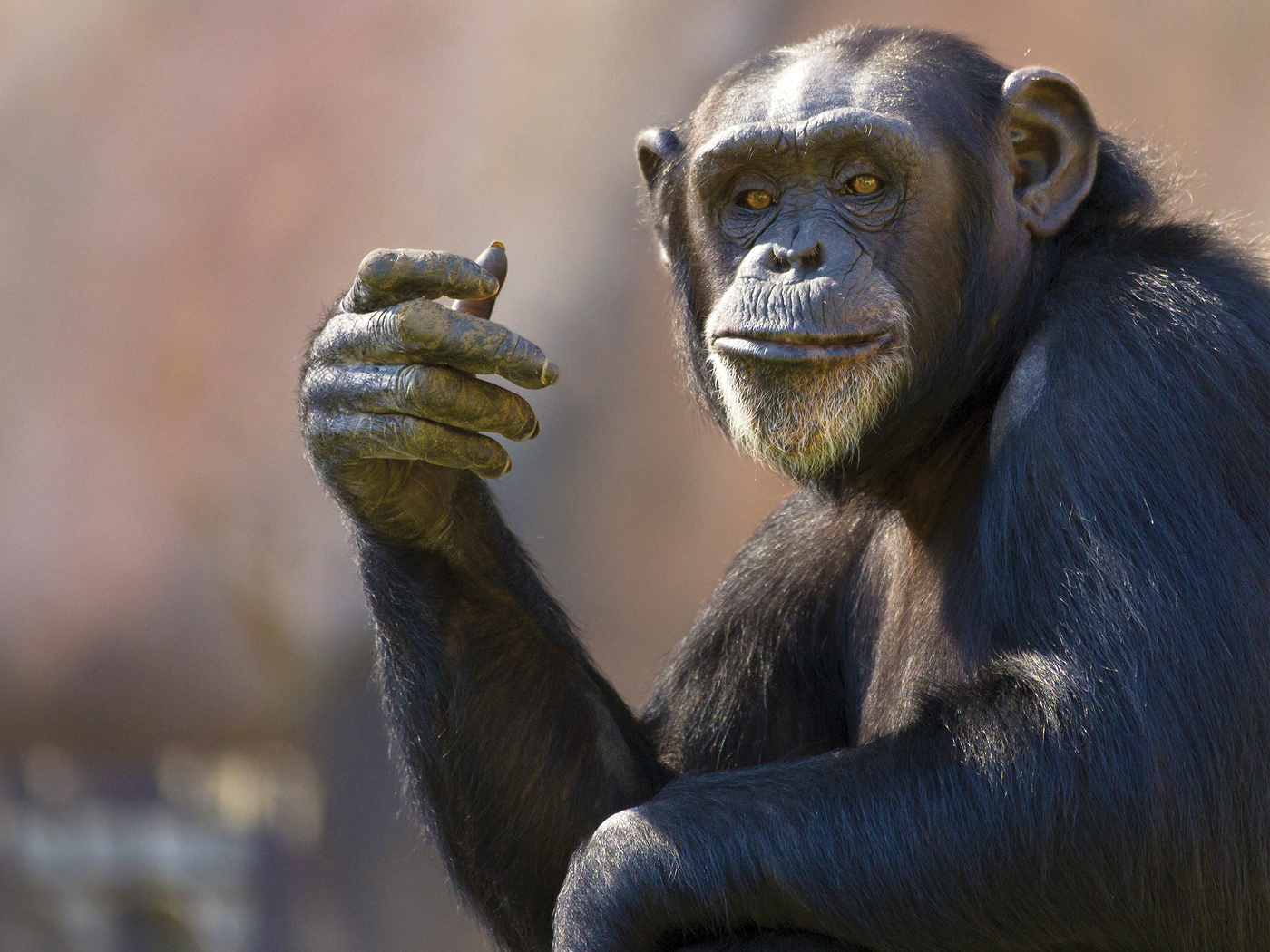The developing human brain learns language at a remarkably accelerated rate starting at about one year old. But even at six months, baby brains begin to log basic language foundations. After several months, when toddlers have acquired language fundamentals, the brain soon transitions out of its language acquisition mode. Research continues to unravel the intricate causes of this miraculously wrought language learning time window.
During primary language acquisition, infants quickly learn how to form the right sounds of their native language using the complicated mixtures of throat, lip, tongue, and diaphragm muscles. They also rapidly learn the basic units of their language, like the structure of words, suffixes, and tones. Simultaneously, they acquire the grammatical rules that govern sentence structure, like where adjectives are placed in relation to nouns.
Not to be forgotten during this remarkable time is an infant's rapid identification of what the sounds and structure of a language actually mean—the realities to which a language's sound symbols actually refer. Children at this age learn from 10 to 15 new words each day and infer the vast majority of word meanings by automatically analyzing context.1 In short, researchers have discovered that the infant human brain is hardwired to learn language.
A University of Washington study imaged 19 six-month-old brain structures with MRI technology. They measured the concentration of neuron-rich gray matter, comparing it to the concentration of white matter in the babies' whole brains. They discovered "a surprising result."2
In adults, the cerebellum coordinates motor learning as it develops efficient neural pathways to muscle action. Also in adult brains, the hippocampus is a memory processor. Neither is linked to language.
But the study results showed that "infants with a greater concentration of gray and white matter in the cerebellum and the hippocampus showed greater language ability at age 1."2 Use of the cerebellum at this time may show how infants master the coordination for speech so quickly, and using the hippocampus may reflect how they memorize meanings for language sounds. It appears that the structure of baby brains shifts in just the right ways for them to acquire human language.
No animal on earth matches this capacity for expressing abstract ideas, and no animal's brain undergoes such a remarkable shift in multiple, coordinated language learning schemes. This new research shows a glimpse of the Creator's handiwork in equipping people to develop into beings that share His image, by sharing His ability to use language.3
References
- Landauer, T. K, and S. T. Dumais. 1997. A solution to Plato's problem: The latent semantic analysis theory of acquisition. Psychological Review. 104: 211–240.
- McElroy, M. Brain structure of infants predicts language skills at 1 year. University of Washington News press release, January 22, 2013. Reporting results in Can, D. D., T. Richards, and P. K. Kuhl. 2013. Early gray-matter and white-matter concentration in infancy predict later language skills: A whole brain voxel-based morphometry study. Brain and Language. 124 (1): 34-44.
- Thomas, B. 2010. Human Language: An All or Nothing Proposition. Acts & Facts. 39 (6): 18.
* Mr. Thomas is Science Writer at the Institute for Creation Research.
Article posted on February 4, 2013.





